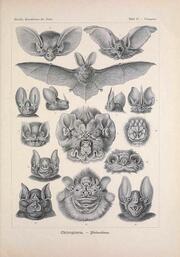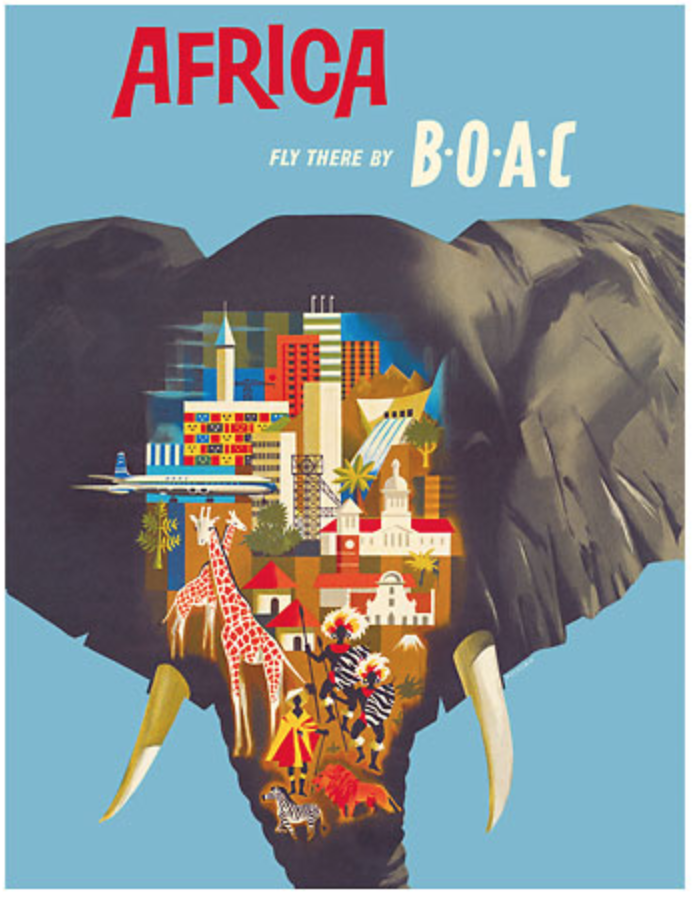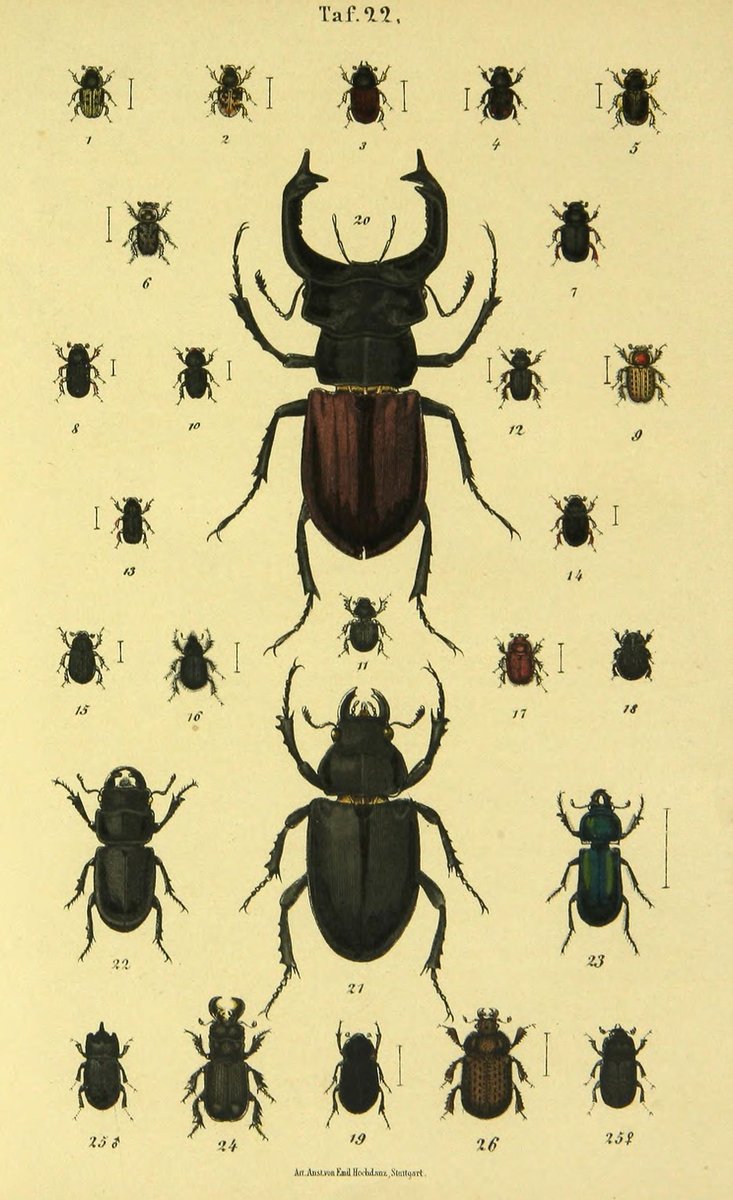|
Home to places such as the Kruger National Park, Limpopo Province is better-recognised for its wilderness, but what about the personalities on the peripheries? Go beyond the stereotypical safari and discover one of South Africa's most cultural corners. I’m no stranger to Limpopo, but trips have often been more naturally-inclined, with walks along the Olifants River in the Kruger National Park or birding trips to Pafuri. Enlisting the help of Deon Pienaar from Love Limpopo, I went on a mission to meet the creatives and makers in Limpopo’s under-the-radar communities. From her workshop perched atop an old tea estate, Merle Payne and Virginia Ramohlola, the team behind Barok, are first on my art-inclined agenda. An eccentric, fashionista force, I can’t help but like the women immediately. “We all brainstorm together to get ideas. It can take a week in total to make one handbag”, says Virginia from their studio wonderland, where big glass windows look out onto a gossamery spectacle, so typical of Magoebaskloof. Using different embroidery and embellishment techniques from various cultures, this refreshing team creates bags, cushions, skirts and more. “For example, this border is a Venda style”, Merle explains pointing to a wrap-around skirt, “decorating with studs is typically Zulu, and using buttons as a creative technique is more Xhosa”. Salvation Chauke, another team member, specialises in the finer embroidery, “I knew nothing about sewing before I arrived here one and a half years ago”, she says. I ask which is her favourite work, “I think the leopard shepherd one is my favourite”. Merle divulges how a meeting with Brenda Fassie at a birthday party inspired it, “She had on these very tight leopard-skin pants and those cheap nails from Clicks. We were all very well-behaved until they brought out the wine. Then she started dancing, and chanting ‘The Lord is my Shephard and I am his Leopard’. I just never forgot it. I nearly fell off my chair laughing! Now we make these to keep her quirkiness alive”. Deon then joins me on the drive from Magoebaskloof, passing the ZZ2 tomato farms, on towards Elim and the Ribola Art Route. Once a small missionary village, Elim (which means ‘place of God’) is the entranceway to the Ribola Art Route and the last big town before arriving in Venda. Beyond the shopping mall and the bustling streets lies the village of Mbhokota, a South African art and the home town of famed South African wood sculptor of the 1980s, Jackson Hlungwani. Hlungwani not only put Limpopo province – and Venda culture – on the map, but his legacy endures in the work of several contemporary sculptors who continue to draw on his inspirational work. Winding our way between bumps, Deon says “Majozi is from here and Ray Piri too”. From Brenda Fassie to hit single ‘Fire’, it seems a musical magic current runs through these mountains. In keeping with the theme, we follow a lumpy track in Tshivuyuni Village to meet the Vutshila Indigenous Band. An extraordinary bunch, they take turns in playing different instruments for each song. From marimba to drums to the timing of a well-dinged cowbell, they perform perfectly and invite me to join their rehearsal. Vutshila means ‘talent’ and there sure is a lot around here. Not only are all instruments played the band handmade, but their craft extends to sculpture too. One band member, Kenneth Nonyana shows me the small exhibition space where his slender, finely-chiselled works line the shelves. “First, we study the wood and find the grain. Then, we follow the nature of wood. You have to cut out the story that’s already lying in the wood”, pointing to a thick stump of crocodile lying in the shade, adorned with scales that trademark his work. There’s a close relationship between the vhaVenda and crocodiles. It’s believed that the brain is very poisonous, so crocs are always given right of way and not hunted for food. Another interesting connection is with the ‘zwidutwane’, or water spirits that live at the bottom of pools and waterfalls. When spotted, they’re seen to have just one eye, one leg and one arm. Half the figure existing here in the physical realm and the other half remaining in the spiritual world. The Western equivalent would be a mermaid, and various sculptures allude to legends like these. “I mix tradition and lifestyle, so each artwork has a story”, Kenneth continued. The subject of storytelling flowed straight into our next visit with Pilato Bulala. Famous for his ‘scrapture’ creations, Pilato works by day as a mechanic, but his passion lies in devising incredible scenes using old metal parts, welding them together into “stories of democracy”, as he calls them. A confident, ever-smiling host, he carefully explains every artwork, from South Africa’s coat of arms to giraffes made from spanners, cogs and bicycle chains. “It’s about imagination. I go to my brother’s house to plan, where he has electricity to weld. I also sell my work on Facebook and Instagram. I started in 2010 and evolved from earrings made from old cans to bigger sculptures”. Beyond Limpopo's culture of sculpture (which is primarily practised by men) the Ribola Art Route also honours the heritage of women. The Twananani Textile centre is probably the most established stop of the route, having started back in 1983 when 23 women manifest Tsonga designs through hand painting, block-printing, beadwork and even embroidery onto cotton fabric. Housed in a neat brick building, it's the perfect place to sit awhile and appreciate the talent behind the textiles that line the walls while creating your own cloth. The batik-style fabrics are expertly stencilled, painted with wax and then dyed into metres of material that celebrate the stories of Mbhokota and beyond. Guinea fowls, crocodiles, foliage and, again, the little fish, feature in the fabric. Exploring Limpopo’s backroads unveiled something I hadn’t anticipated. How enriching it was to encounter people so willing to share; share their news, jokes, joys, histories, difficulties, heritage and, most impressively, time. That crucial, selfless thing that so few of us have in the cities. Time enough to sit together. Time enough to introduce others the plucky world of rural Limpopo. There’s a saying in these parts, ‘zwakala’, which means come closer. I suggest you try it too. A version of this story first appeared in the Culture Trip.
1 Comment
11/9/2020 03:36:01 pm
This road trip is definitely going to be fun! I feel like it is going to be a lot of fun to have a road trip with guys like you. I am kind of shy with people who I am not close with, but I will try to make it work. I hope that I can go and have the best time of my life with you guys. I just love trips and art, and this is the perfect match.
Reply
Leave a Reply. |
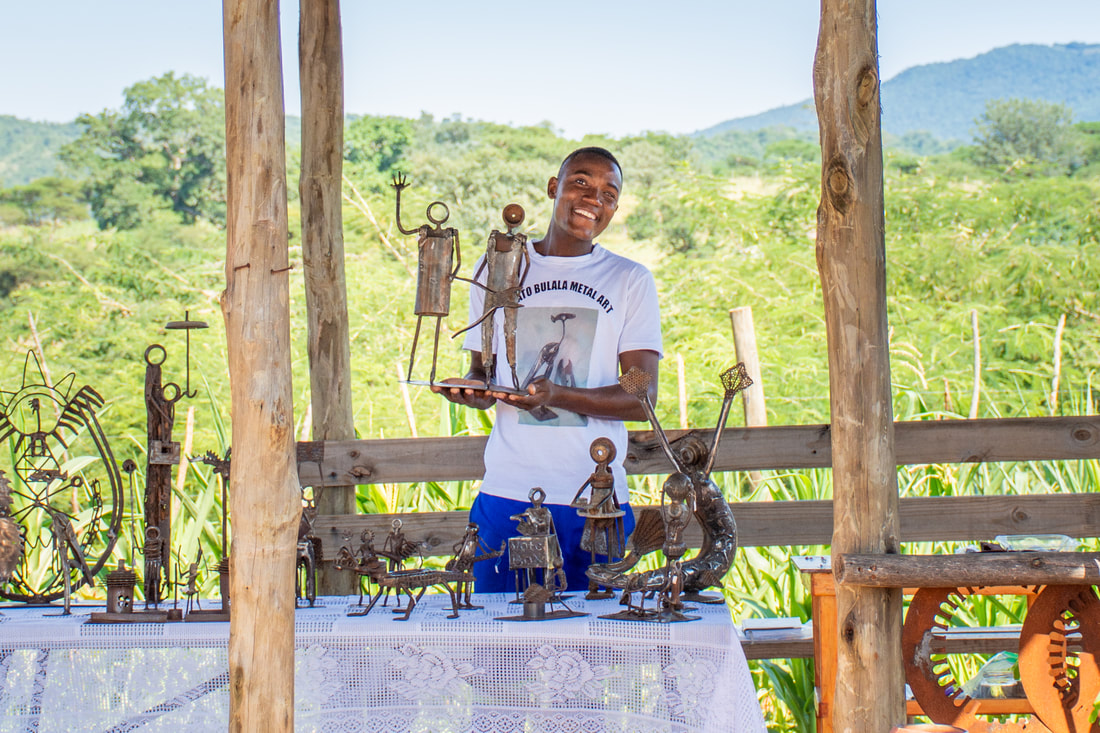
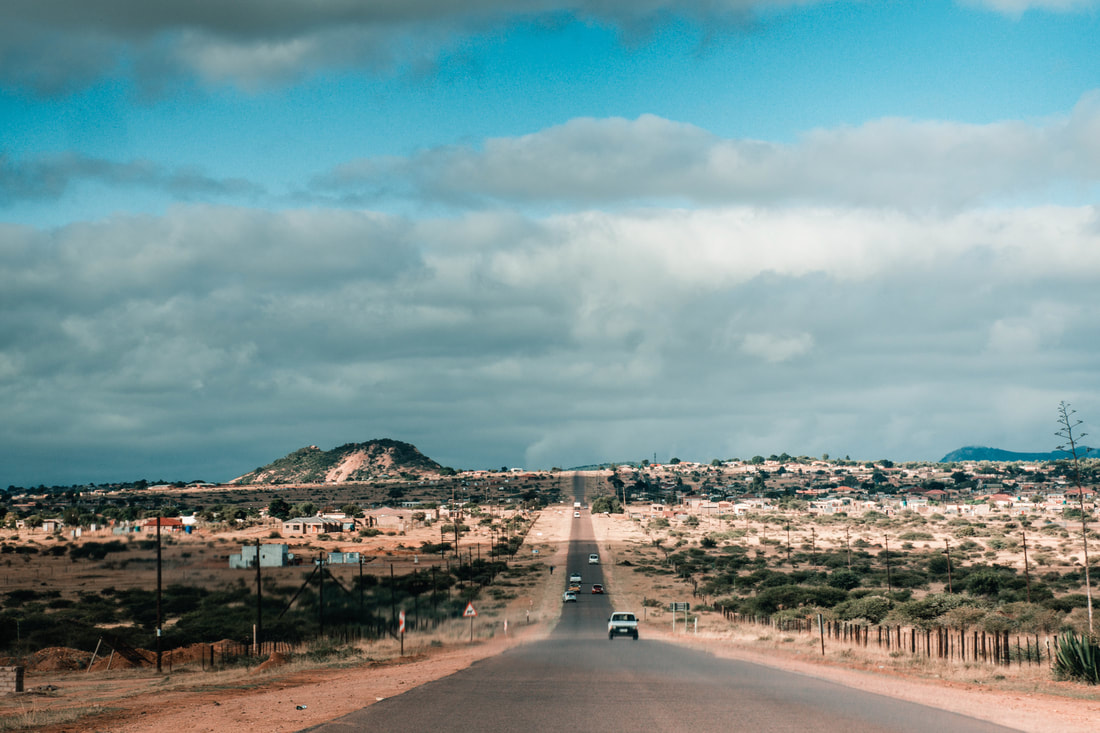
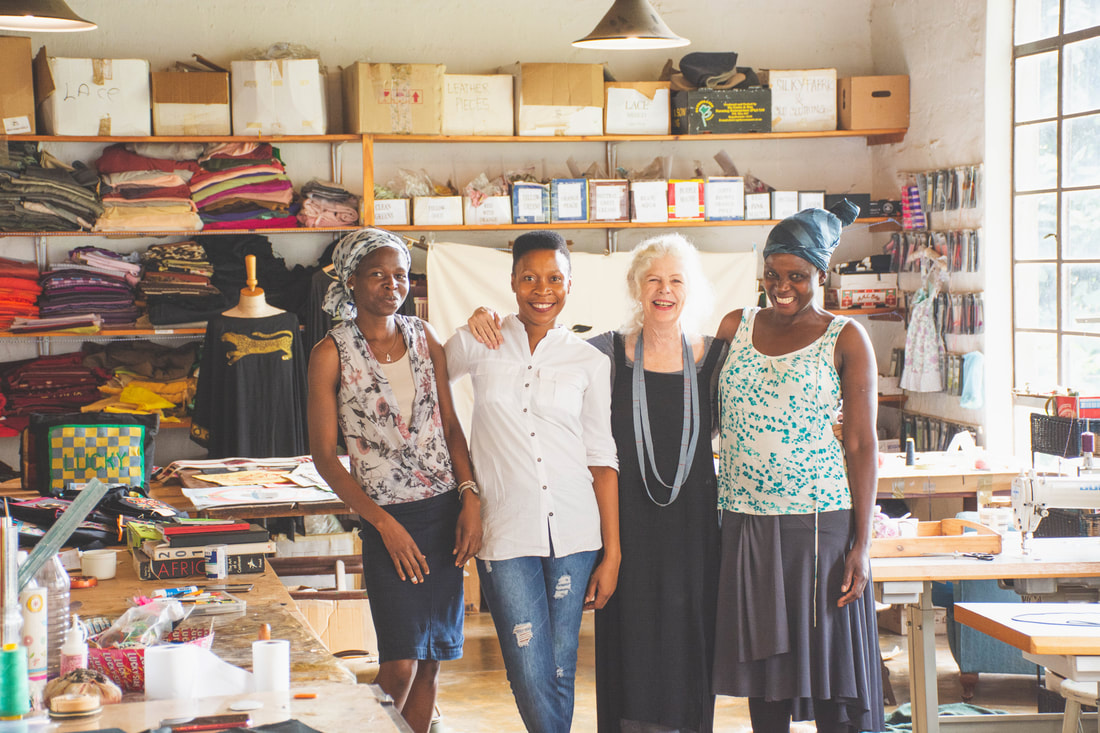
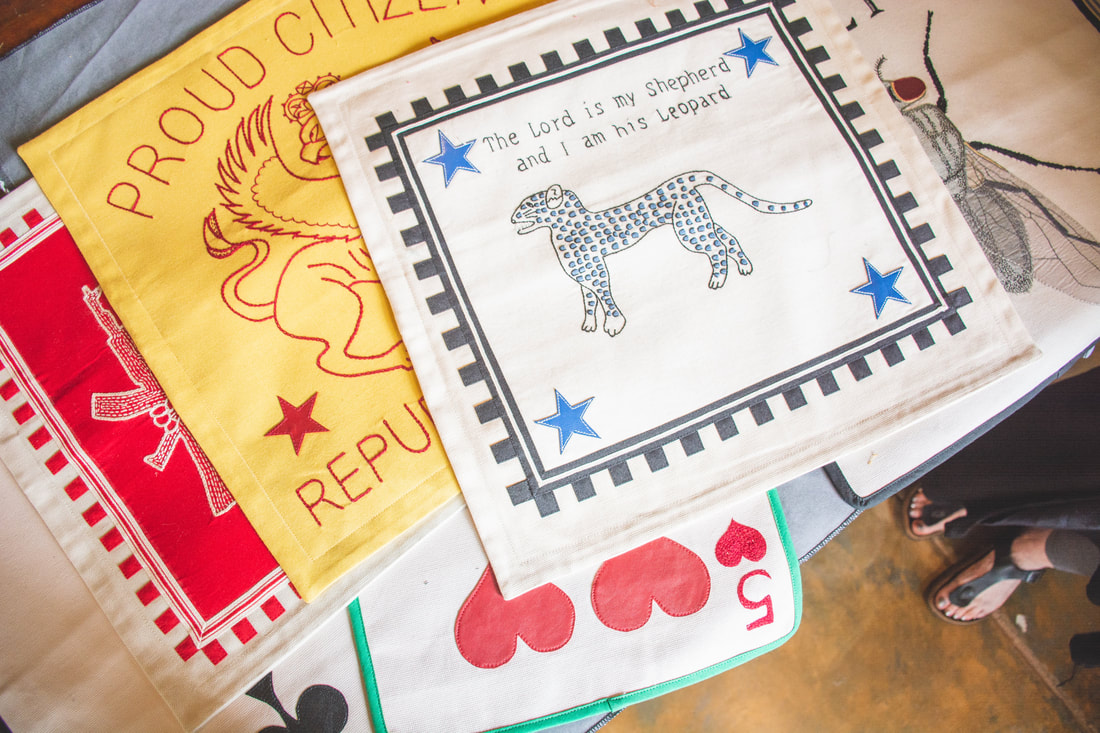
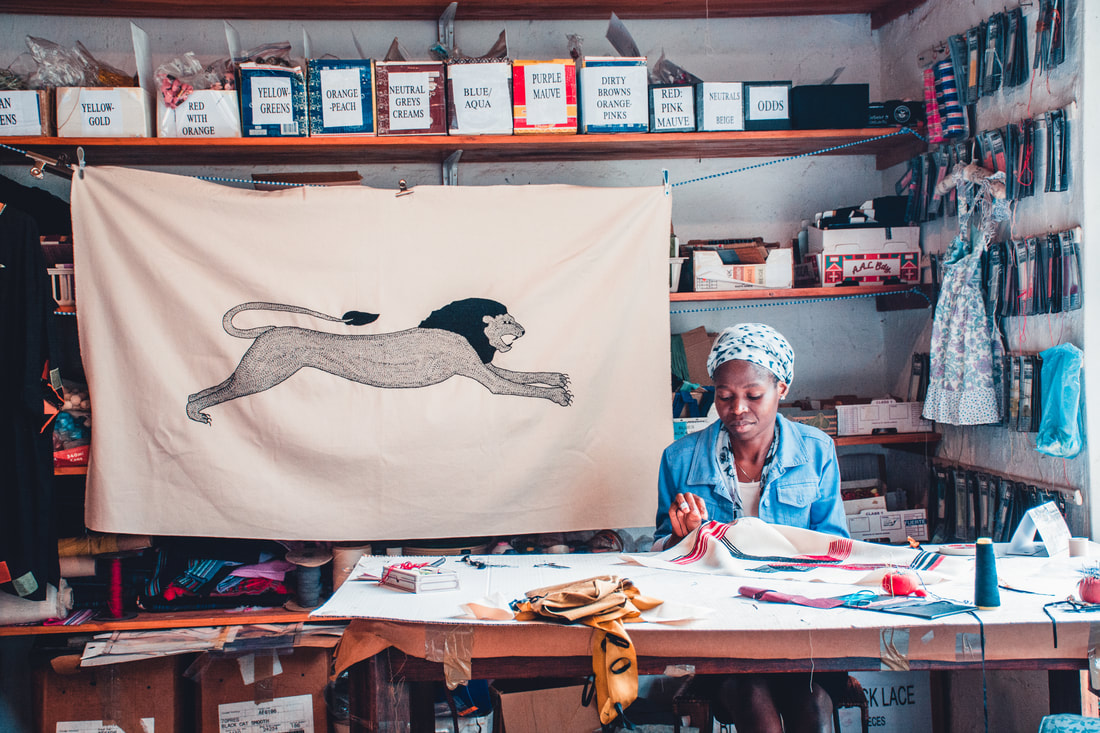
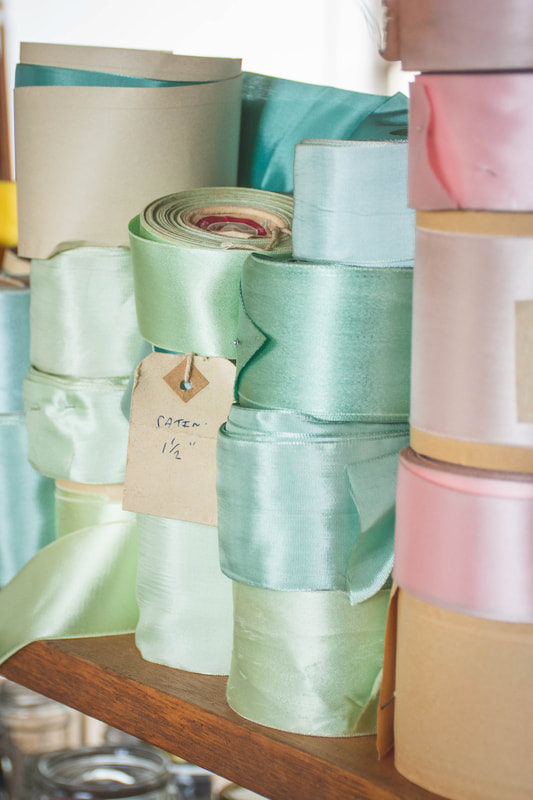
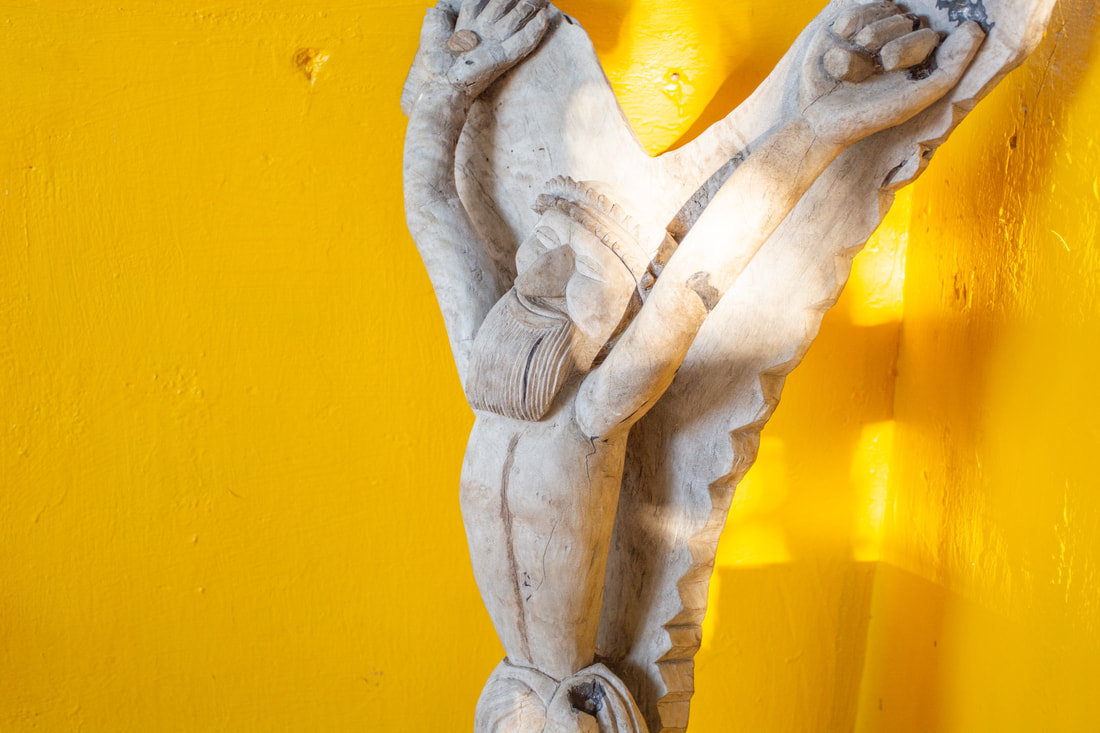
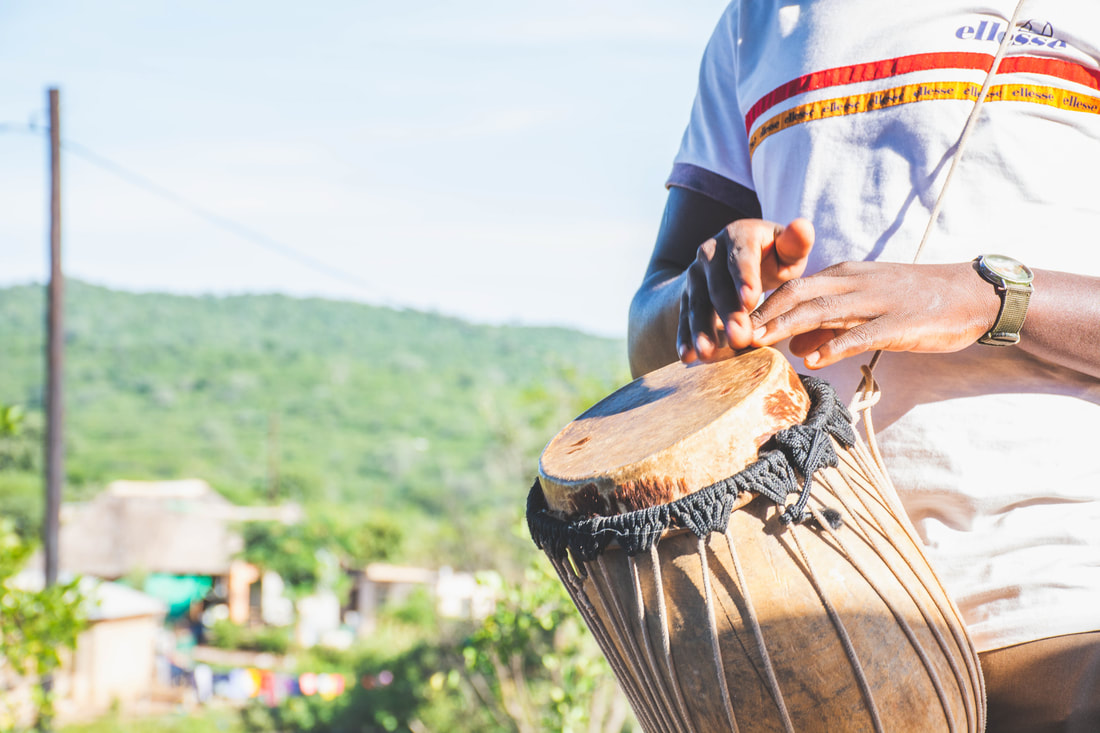
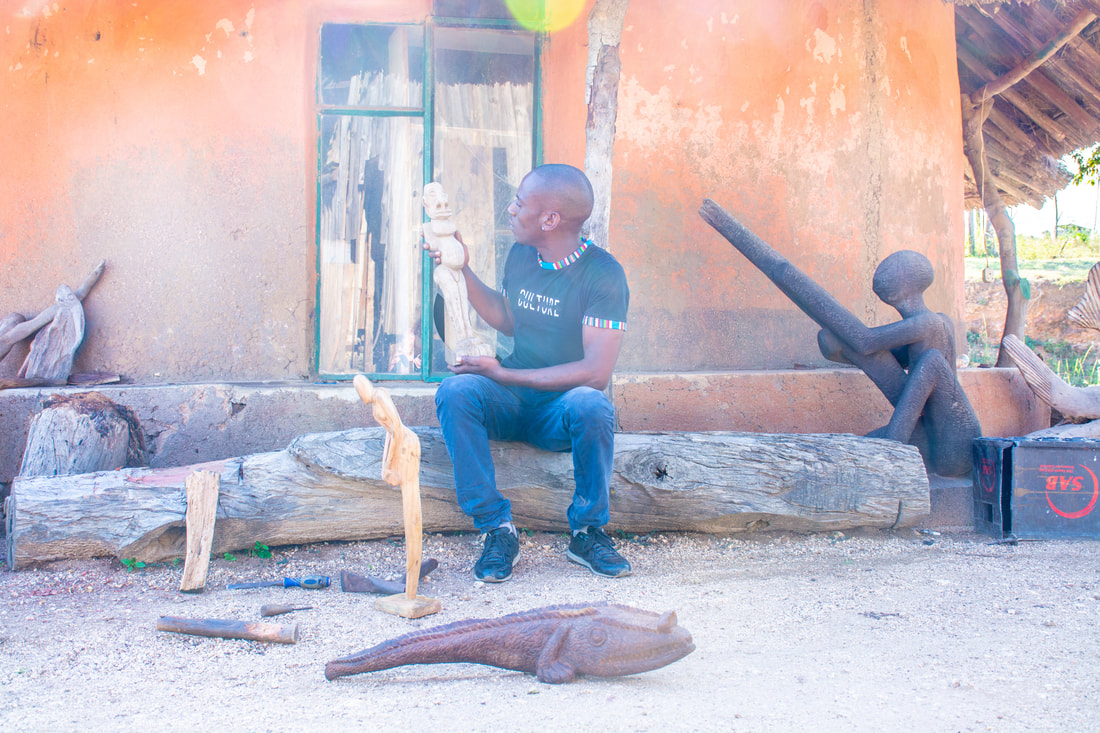
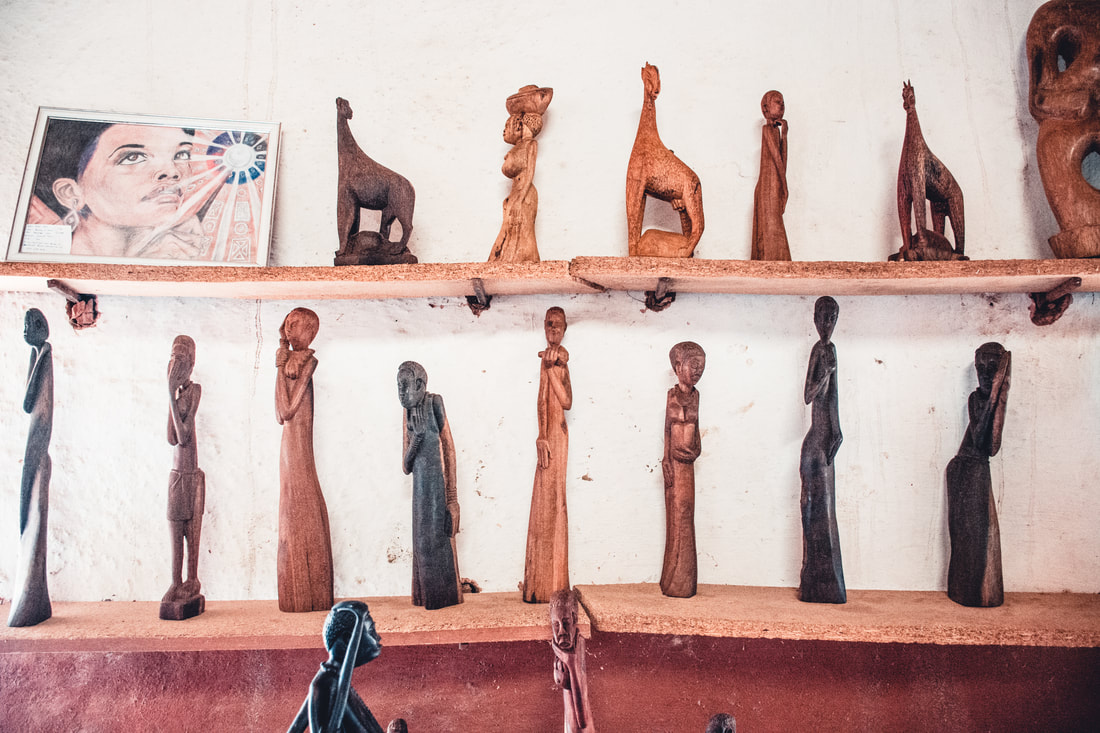
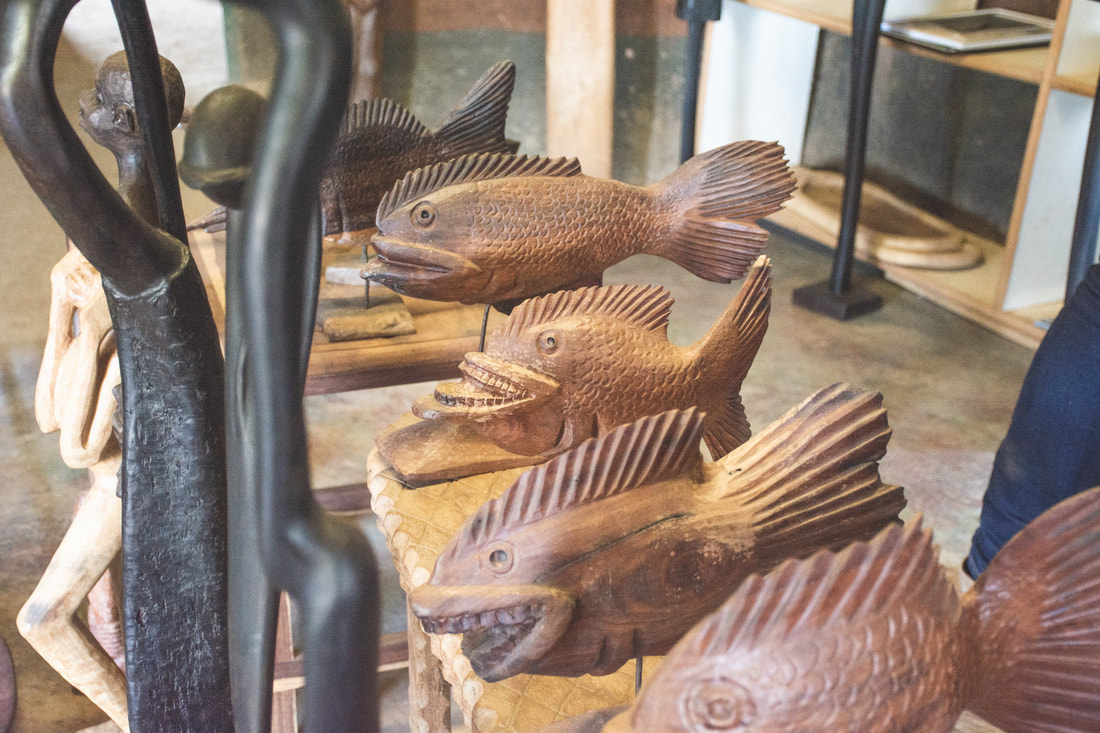
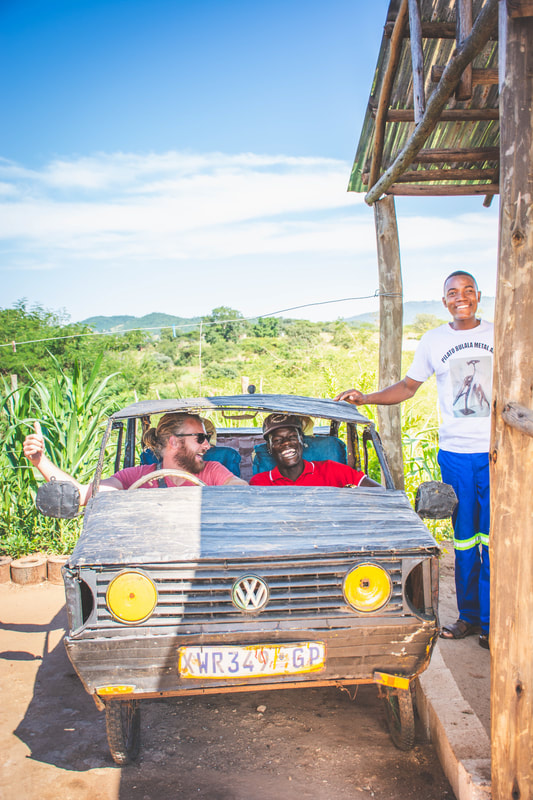
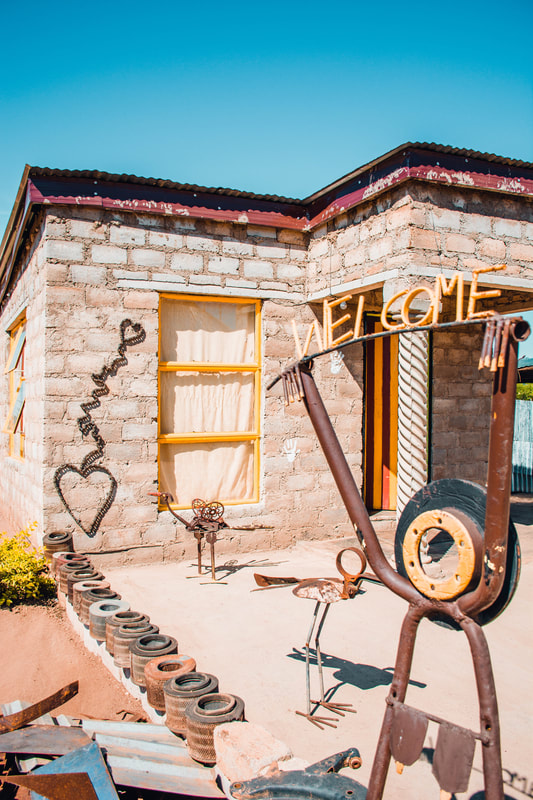
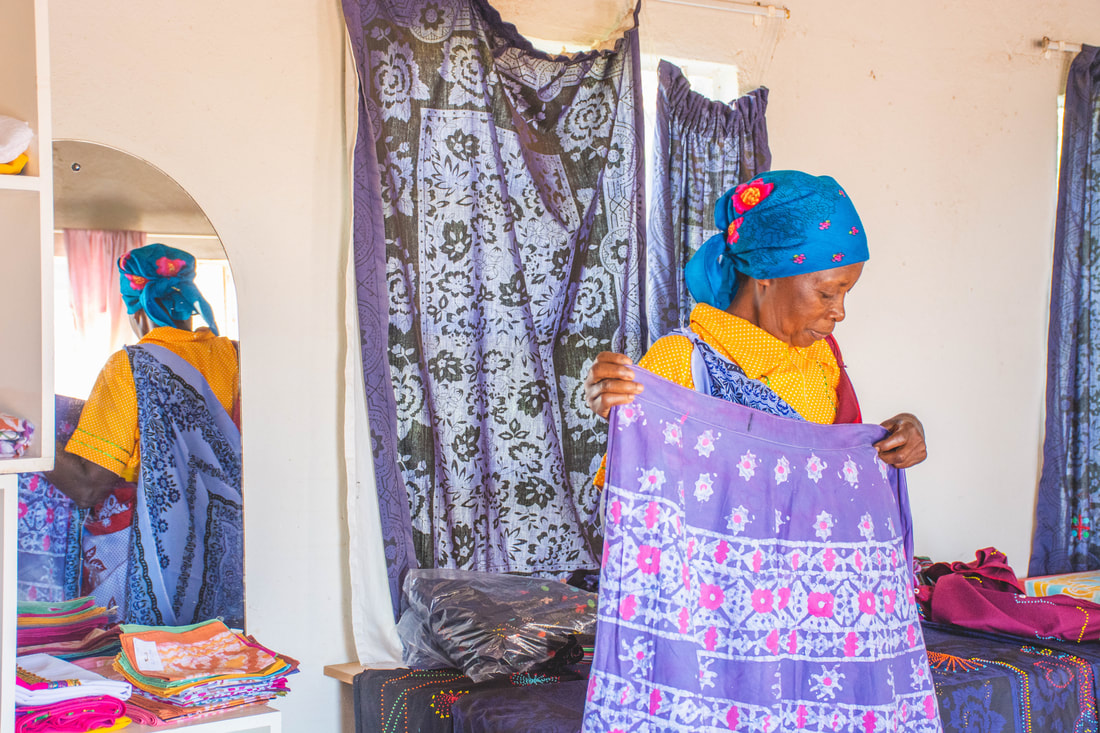
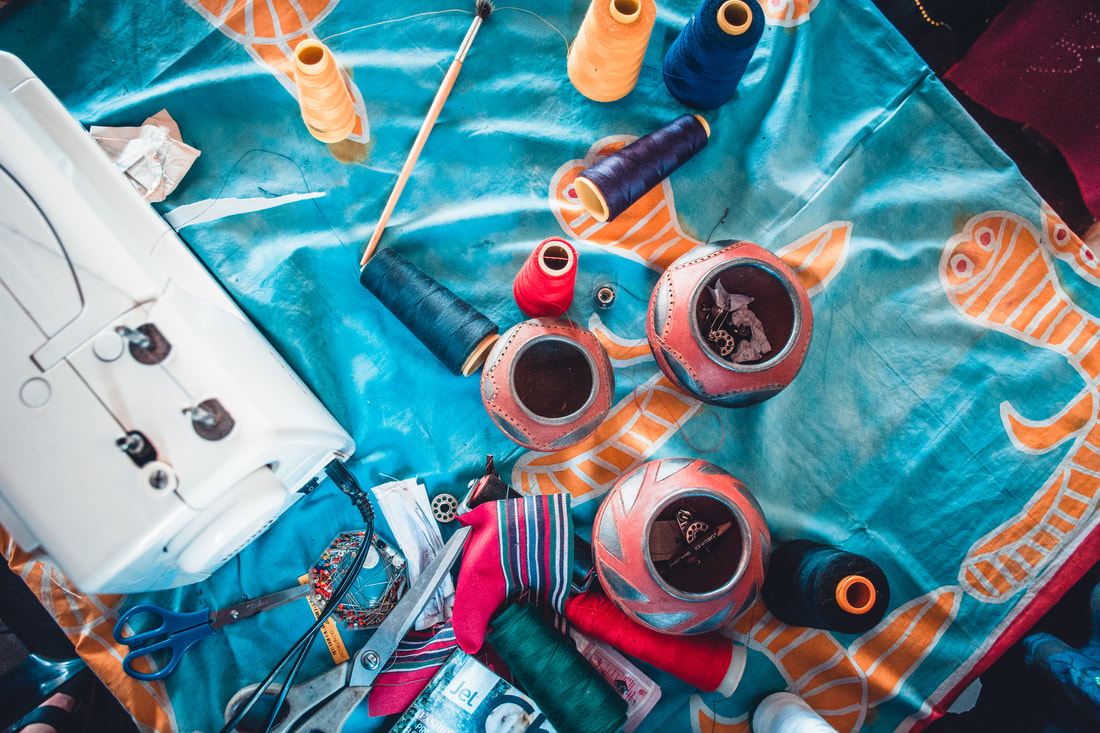
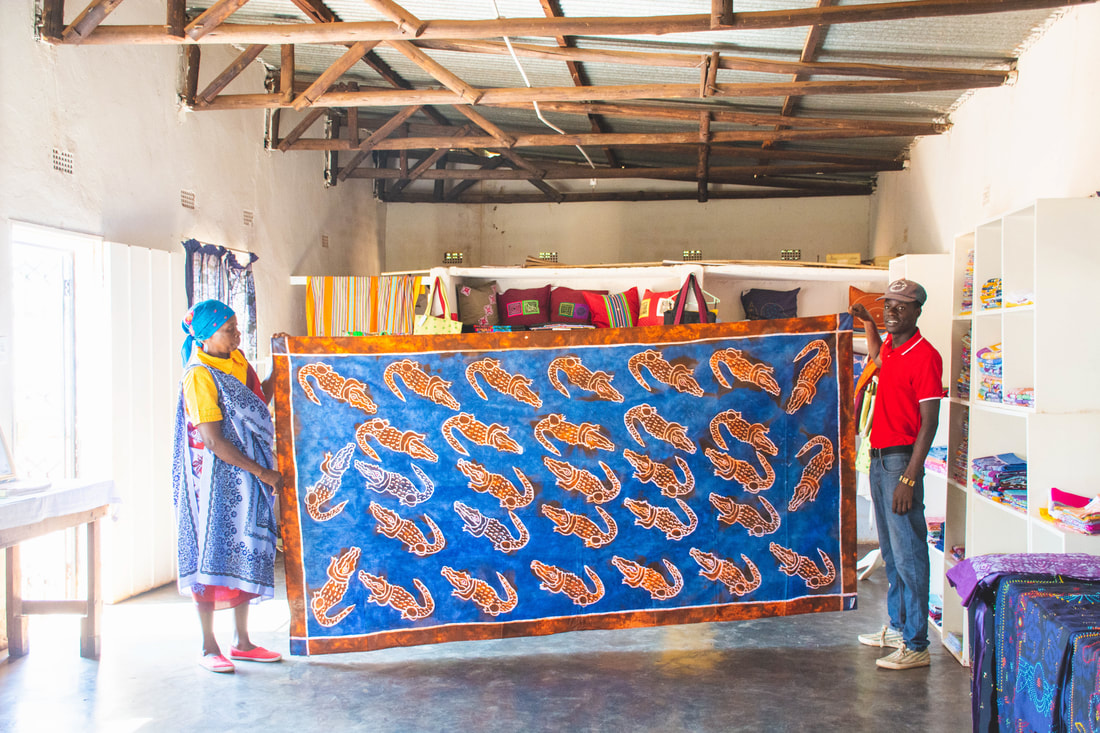
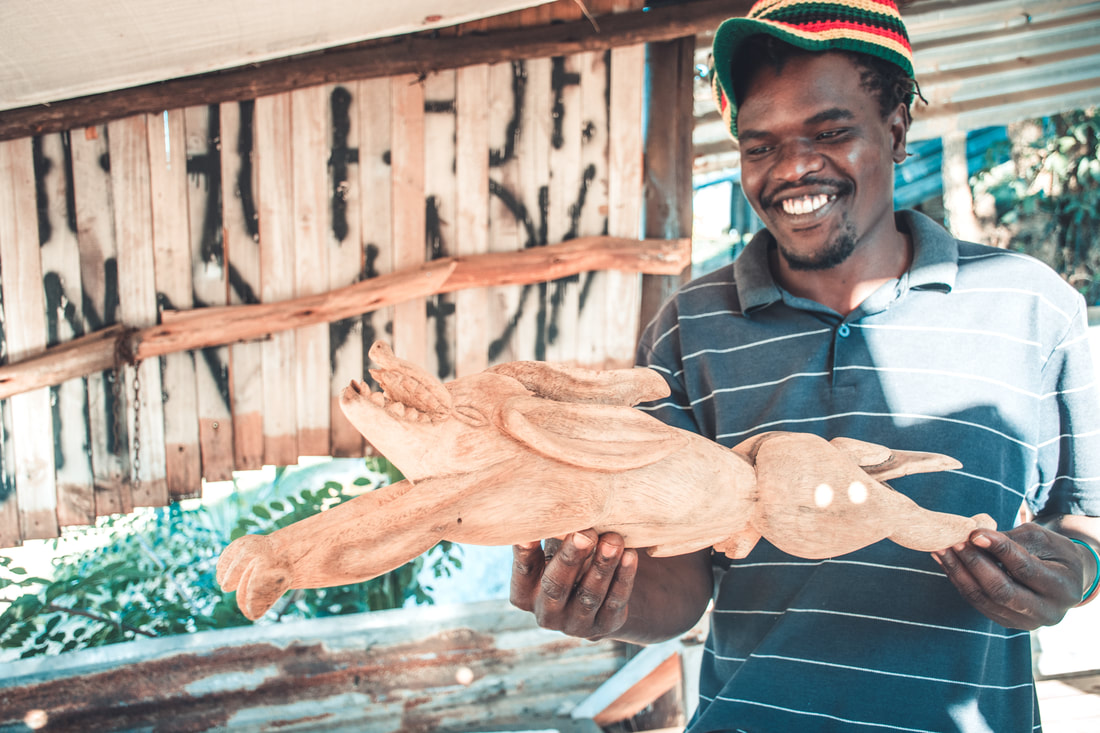

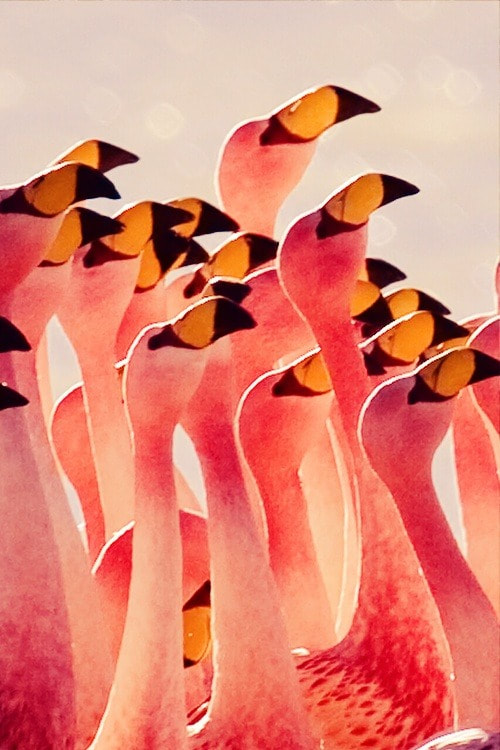
 RSS Feed
RSS Feed
